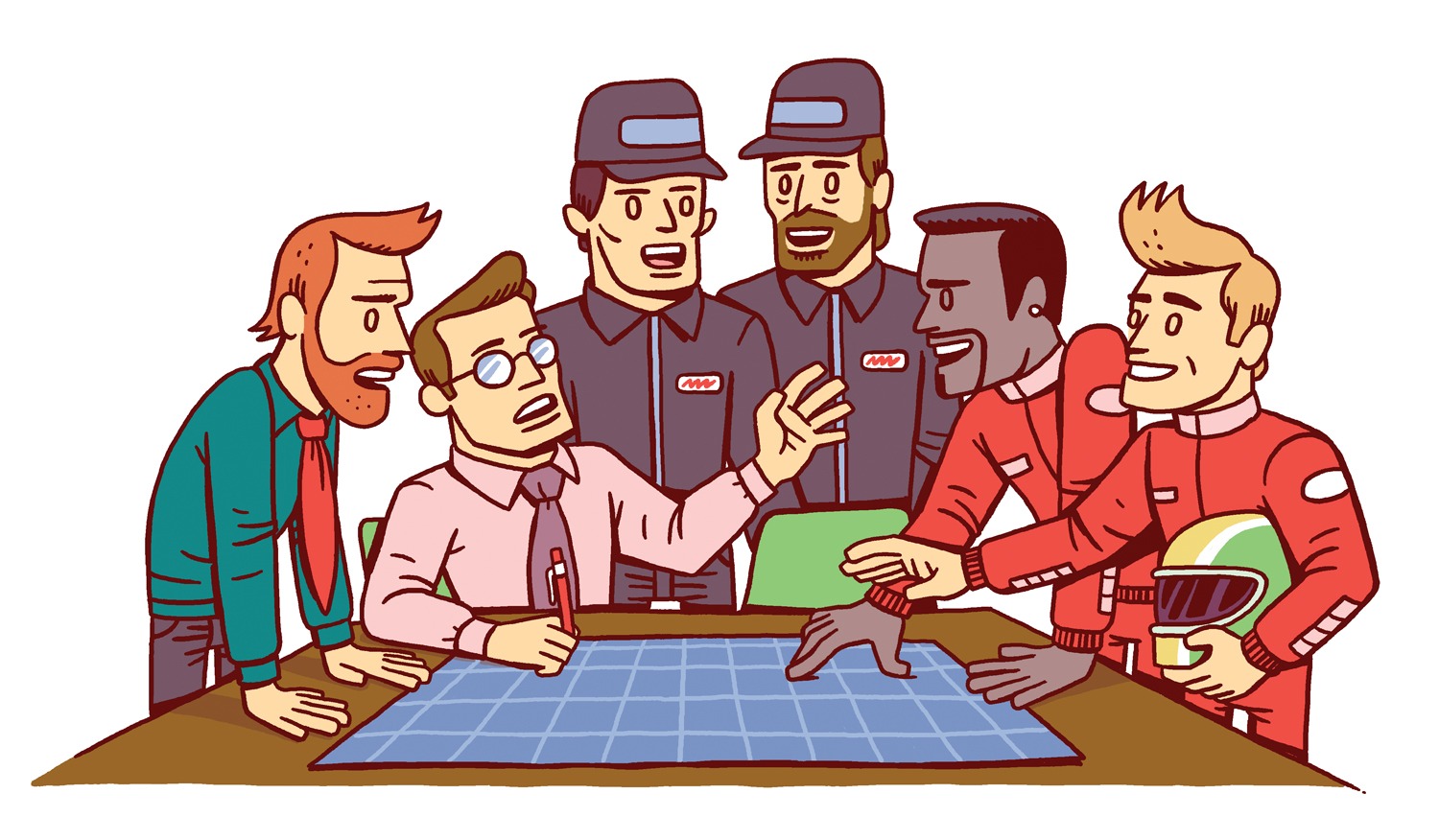Impact mapping is a lightweight, collaborative planning technique for teams that want to make a big impact with software products. It is based on user interaction design, outcome driven planning and mind mapping. Impact maps help delivery teams and stakeholders visualise roadmaps, explain how deliverables connect to user needs, and communicate how user outcomes relate to higher level organisational goals.
Workshop
Have you struggled to split user stories into small but valuable chunks? Do you have problems prioritising stories or getting a commitment from business stakeholders on what they want to achieve?
Do you have issues deciding when a story is done or how many other stories you really need to achieve a business objective? Are you managing large amounts of stories that are problematic to estimate, prioritise or plan for?
If so, join this interactive Impact Mapping Workshop with Gojko Adzic and bring your product owners and business sponsors to learn how to get the most out of user stories.
Target audience
This is a workshop for senior software delivery people as well as business sponsors working with software teams primarily in an agile or lean environment.
In order to attend the workshop, you should already have a basic knowledge of iterative delivery methods and at least some experience of working in a Scrum, XP or Kanban-like delivery.
To get the most out of this workshop, you should have a relatively senior role, from a technical or business perspective.
Impact Mapping Workshop with Gojko Adzic is particularly fit for:
- Business sponsors will learn how to ensure their organisation benefits more from agile team delivery capability, and how to steer product management and delivery better to achieve strategic goals faster.
- Analysts and Product owners will learn how to link between business sponsors and teams more effectively, how to select and prioritise stories and features to achieve better impacts
- Developers and testers will learn how to engage with business stakeholders and product owners to get better direction and focus delivery on things that really matter.
Program
Day 1
- How to effectively work with a large existing backlog of stories (story card hell) with multiple competing stakeholders
- how to capture and describe real value with small user stories that just contribute to a larger picture
- how to measure progress better than with just story points and avoid mistaking activity for success
- how to avoid water-scrum-fall where too many things need to come together to make a release and it’s not easy to come up with small but valuable chunks
- how impact mapping can help facilitate the discussion around value and success
- how to run impact mapping sessions
- how to use impact maps to align competing stakeholders and for product discovery.
Day 2
- How to get good feedback from users and how to avoid misleading feedback
- how to split the stories that are too big but difficult to slice
- how to avoid technical stories
- how to incorporate results of user research into release planning
- how to use story maps to plan releases for larger pieces of work, when there is significant risk in releasing the wrong product so iterative improvements are not an option
- how to facilitate story mapping workshops and avoid the most common problems with them.
Learning Objectives
This is a workshop based on Gojko Adzic’s books Fifty Quick Ideas To Improve Your User Stories, Impact Mapping and years of experience helping teams deliver better software.
Join Gojko to learn:
- several effective ways that industry-leading teams apply to make their user stories much more effective,
- how to ensure that things coming into your workstream are defined well, split to be small enough but valuable
- how to achieve the big benefits of adaptive planning and that you can expect from great user stories
- split the ‘unsplittable’ stories, and ensure that work items are small but actually still valuable
- how to avoid getting stuck in ‘technical stories’, and effective release planning based on user story maps
- how to avoid pet features, and how to run user story mapping sessions.

